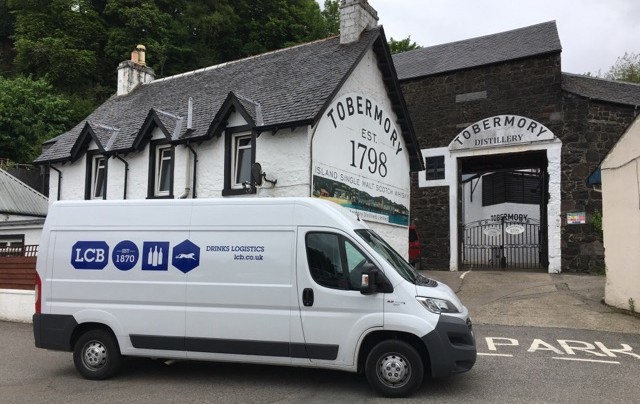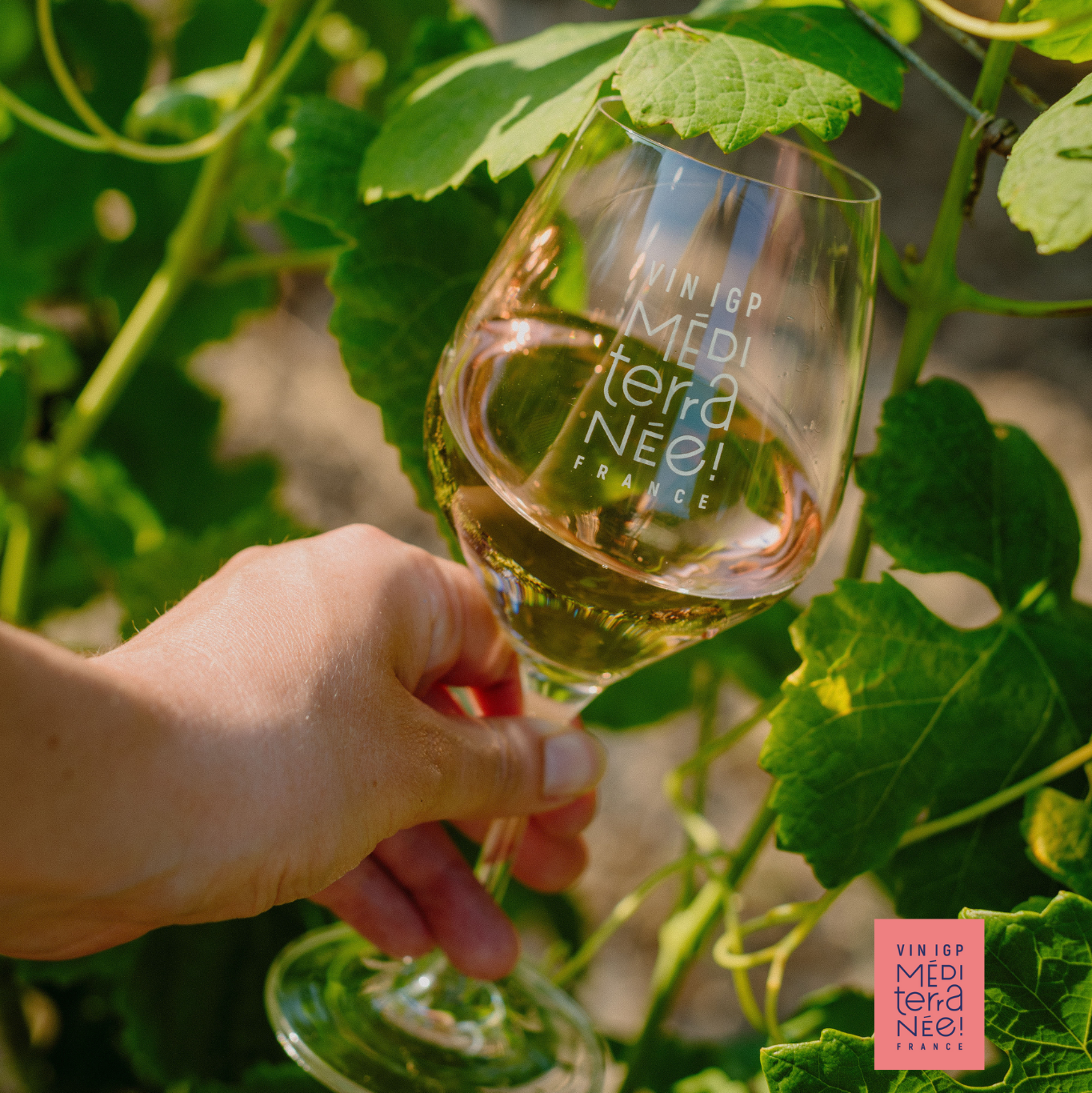Bordeaux 2014: send for the cavalry?
In recent years the Bordeaux en primeur campaigns have come to resemble a wagon train lost on the prairie and beset by hordes of hostile Comanche warriors.
Three campaigns have so far succumbed and the UK trade in particular is on the warpath again in advance of next year’s releases, with ominous warnings already emanating from various quarters that the 2014 vintage – while potentially very decent in quality – will have to come down in price once again.
Simon Berry of Berry Bros & Rudd has warned that the Bordelais have one more vintage to “get it right”, while Liv-ex director James Miles has warned that a poorly priced campaign will “kill the golden goose” of en primeur.
With the market slowly turning around and Bordeaux clawing back some favour now that prices for many wines have hit their bottom, the calls for another reduction in price (down another 30% at least say some) make sense to try and nurture the market back to full health.
The UK trade may be putting on its warpaint and the Bordelais circling the wagons but this time the latter can reasonably expect the timely arrival, in good ol’ B-movie fashion, of the US cavalry riding over the hill to the rescue.
After 17 months of decline the fine wine market is going up. Correspondingly, the US dollar has been strengthening against the euro for the past 16 months and there is a general feeling that demand for fine wine in the US is on the up too.
Having largely (though not entirely) sat out the campaigns since the start of the global recession in 2008, the US began dipping its toe back in the en primeur waters with the 2013 vintage and a healthier economy, more favourable exchange rate, the need to restock on Bordeaux and a promising 2014 vintage all point to a serious return to the futures game by US buyers.
As Joe Marchant, Bordeaux Index’s US director, told the drinks business: “Many believe the absence to be entirely price related which is not really the case. With Chateau and Estates disbanding in ’08, there has been a structural shift in how Bordeaux is sold in the US. The reality is that the market has always been more price and vintage sensitive than the UK and that en primeur numbers historically have been flattered by a few long-term stock holders buying allocations and sitting on them for years after release. Clearly, this proved to be economically unviable over the longer term (négoce take note…).”
Prices up?
As mentioned above, the dollar (and the sterling in fact) is currently strengthening against the euro. In spring of this year during en primeur €1 was worth $1.38 ($1:€0.72), that had weakened to $1.23 in early December and there are forecasts (though disputed) that the dollar will strengthen to €1 : $1.15 by the end of next year – the sort of ratio not seen since 2010.
Although those forecasts may be optimistic, if the current trend continues, the dollar could be around $1.20 to the euro by the time next year’s en primeur campaign rolls around in late spring/early summer (2015 is a Vinexpo year which often leads to extended campaigns).
With the stronger dollar at, for argument’s sake, €1 : $1.20 by spring next year, Mouton-Rothschild, Palmer, Lynch-Bages, Pichon-Baron, Angélus, Canon and l’Evangile for example could comfortably be 3%-7% more expensive per bottle ex-négoce and still be up to $20 p/b cheaper than their 2013s were upon release this spring. In fact they could increase by up to 20% before they got back to the 2013 prices in dollar terms.
The problem Bordeaux has is that the price for the ‘11s, ‘12s and ‘13s have declined so much since their release that unless prices drop again the 2014s will be more expensive than those three vintages.
As has been seen before, an en primeur campaign that offers wine more expensive than back vintages tends to fall flat.
The only potential saving grace is the quality of this vintage – the best since 2010 according to early forecasts. One source told the drinks business that the Bordelais are going to be loath to lower the prices on the 2014 vintage as a result particularly after 2013.
It’s a very real dilemma however. If they cut prices they’re almost guaranteed a market from all quarters. If they raise prices slightly there is the potential that US buyers will descend and make a campaign of it but increased prices may also mean that, at worst, US buyers eschew the campaign entirely and it too sinks without trace or that some cut their prices, some raise and only the former see any modicum of success. More scalped corpses on the plains in any case.
Ever since the Second World War Europe has tended to view Americans as “overpaid, over sexed and over here”. The most important thing to remember though is that the US is not a market where price is no object, particularly when price comparison is just a click away. US buyers, perhaps more than UK ones, want to feel as if they’re getting a good deal.
Partner Content
It is well worth remembering as well that having missed en primeurs, American buyers have instead been very savvy in swooping in to buy top labels from vintages such as 2009 and 2010 at bottom of the market prices.
They didn’t want to buy them en primeur but they did when they got cheaper and why should the ‘14s be any different?
So prices down?
Speaking to the drinks business Wally’s Wine CEO Michael Jessen, Bordeaux Index’s US director Joe Marchant and Hart Davis Hart’s Marc Smoler all took the line that prices for the 2014s must be relative to quality and that lower was better than higher – which smacks slightly of wanting to eat your cake and have it.
“I would expect that for a 2014 futures campaign to really generate excitement prices would have to come down more rather than less,” said Smoler.
“Unless people really end up viewing 2014 as an exceptional vintage on the level of 2000, 2009 or 2010 which does not seem to be the case”.
Far from the picture of US buyers being the Western equivalent of Chinese billionaires, Jessen added: “Ultimately demand for purchasing en primeur is dictated by the quality of the vintage and pricing. In the minds of many US buyers, pricing has generally gone beyond justifying paying up front for wines that will not be bottled for a couple of years.
“The same price sensitive likely exists in the US as in the UK, particularly in the age of the internet and the amount of pricing information available globally. Buyers have much more power and are willing and able to seek out the best prices worldwide.
“US buyers’ interest in en primeur buying has waned as the Bordelais have adopted a more aggressive pricing strategy. As mentioned, interest in purchasing en primeur ultimately is dictated by the quality of the vintage and pricing. Once the value proposition is able to return to a norm that buyers are satisfied with there will be more en primeur activity.”
Marchant concluded: “Going forward I expect demand for en primeur to be underwhelming save for unlikely bargains like 2008. Private clients for the most part, like to take physical delivery and both trade and private clients are very unlikely to accept the price risk implied in buying en primeur after the last few vintages.
“Plenty of folk here had fingers burnt in ’09, ’10 and ’11 and it will take a very large gesture from Bordeaux to get past this.”
The call from merchants in recent campaigns has been for a “compelling reason to buy” en primeur and the US market is and will be little different.
The US cavalry may very well ride back into the fray next year even if lured more on the promise of cheap booze than any nobler cause but, perhaps, better that than a replay of Custer’s last stand, which is likely to be the result if prices creep up again.




